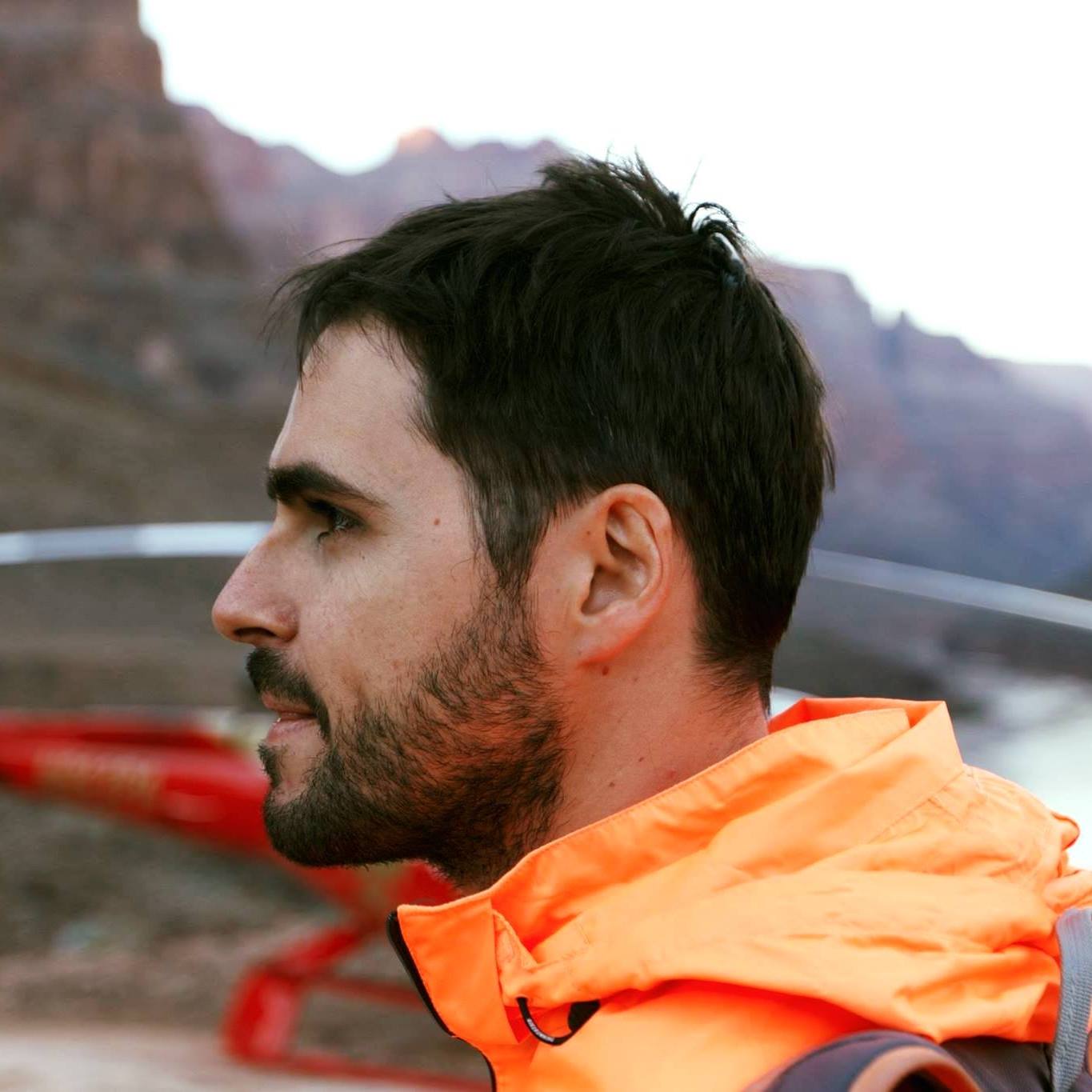Om Malik has published a terrific interview with Erik Spiekermann, one of the most important crative thinkers in design. Erik was a pioneer on digital typography and spends a lot of time thinking about culture and design. Apparently, he also has a view on the future of transportation:
[…] For me, the great promise is that a lot of things that are not happening in this country and other countries — for example, transport. People get stuck in two hours of traffic jams and stuff; it’s horrible. One guy sitting in a car crossing the bridge is stupid. It could be four people in there, right? And the same goes for buildings. The same goes for anything that 90 percent of the time isn’t being used. That’s one thing I have great hopes for, that whatever equipment we use will be more accessible and therefore more cleverly used.
It also means that, of course, the industry will be selling less of those things. Not everybody needs a car anymore. What’s going to happen to the car industry? Which my country totally depends on. The younger people in Germany don’t buy anymore; they use Zipcars or Car2Go or bicycle, trams, taxis. They are pragmatic about transport. There’s going to be a big revolution in transportation in America.
I think we are going to see a lot of change in the next 10 years there. You have an app; you know when you can get on the bus or in a car or bicycle. You don’t have to chance it. So you can plan your day without having your own car. That’s a great promise.
The radical change that the future of transportation is going to bring to society is one of the most fascinating topics of the 21st century. We have just to work together to make it happen!
